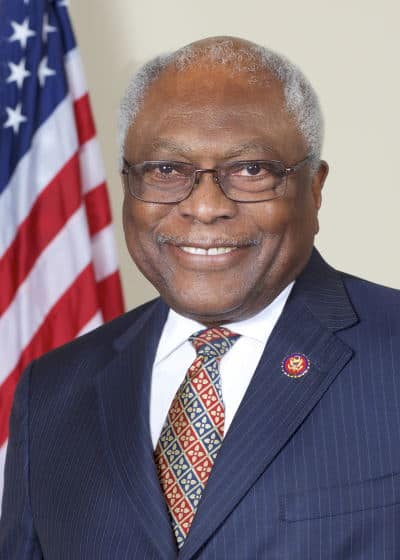
Clyburn
Congressman James Clyburn (D-S.C.) plans to reintroduce a bill offering $100 billion dollars to provide rural high speed internet service in unserved and underserved parts of the United States and to provide subsidies as needed to ensure that internet service is affordable.
The return of the Accessible, Affordable Internet for All Act will be welcomed by the House Rural Broadband Task Force and other groups appealing for rural broadband funding to resolve the pervasive lack of high-speed internet access in unprofitable service areas.
Clyburn notes that in his home state, one in ten rural South Carolinians lack access to suitable broadband service, despite years of more modest funding programs. His bill went nowhere in the 2020 session as part of the Democrats’ $1.5 trillion infrastructure bill, dubbed the Moving Forward Act. With the election of President Joe Biden and the razor thin Democratic majority control of the U.S. Senate, some form of expanded infrastructure spending bill is likely to emerge in Congress this spring, which will include rural broadband funding.
Like last year’s bill, the 2021 version will likely include:
- $80 billion in direct subsidy funds to build out high-speed rural internet access to homes and businesses.
- $5 billion set aside for low interest broadband deployment loans
- $5 billion for distance learning programs
- Funding for Wi-Fi service in school buses
- The creation of the Office of Internet Connectivity and Growth within the National Telecommunications and Information Administration to monitor, promote, and assist rural communities and those economically disadvantaged in getting affordable high-speed internet service established in their community.
- Funding for digital equity programs to train those not yet connected in how to use the internet.
- A requirement that the FCC track and analyze national broadband pricing and ensure price transparency.
Clyburn’s 2020 bill also knocked down state barriers on building and expanding municipal broadband networks.
According to the FCC, 21 million Americans and 10 million school-age children do not have internet access. Low-income households are the least connected in America, and, not surprisingly, rural communities are the least served. What might surprise us all is that the data reveals a 75% correlation between median household income and broadband access In 2019, US Representative Jim Clyburn (D-S.C.) created the Rural Broadband Task Force to close the digital divide, with the goal of all Americans having high-speed internet access by 2025. The digital era is to the 21st century what electricity was to the 20th, argues Clyburn. Bridging the digital divide is something we must address if we are going to reset the US economy for all. Featuring Jim Clyburn in conversation with Naomi Nix. (9:21)


 Subscribe
Subscribe
When Starlink (et al) are fully rolled out, these programs will be unnecessary.
Starlink will probably turn Hughesnet and Viasat into the new “Tracfone” of the internet with next to nothing monthly charges and “pay as you go” data my main concern with them is that people with land based internet providers will rush to them in an attempt to leverage better prices from their providers. Hopefully Starlink will charge a high enough amount that will discourage that so we wont have to deal with congestion issues and data caps.
At least StarLink won’t offer service in urban areas, already covered by cable/fiber broadband. It’s rural service only. Given that, they still have long way to go, because they still need to prove if laser interconnect between satellites will work. If it does, it will revolutionize satellite based internet service, with gigabit speeds beaming down from outer space.
That’s never going to happen! So think again!
Maybe have the ISP’s build their systems before paying them this time?
Good, maybe it will pass this time. A relative of mine can’t get DSL or cable and live about a 5 minute or so drive from a serviceable area.
[Even though Frontier spent millions on rural DSL deployment,thanks to CAF / CAF2 locally, no service.]
Hello – I believe that you used a statistic from some research that I conducted, which explains the 75% correlation between median household income and broadband connectivity. Can you please cite me in this article? You can refer to this link which outlines the data and research used. https://americaninequality.substack.com/p/internet-access-and-inequality